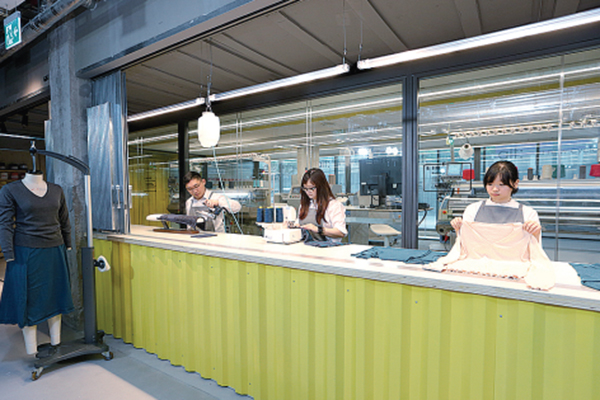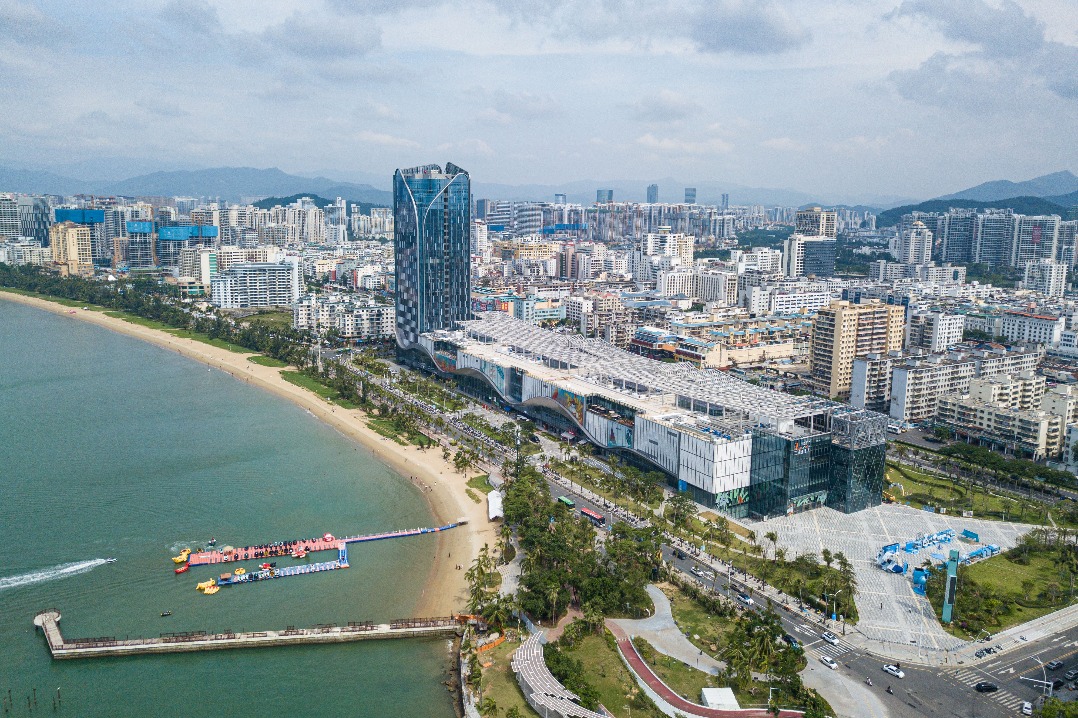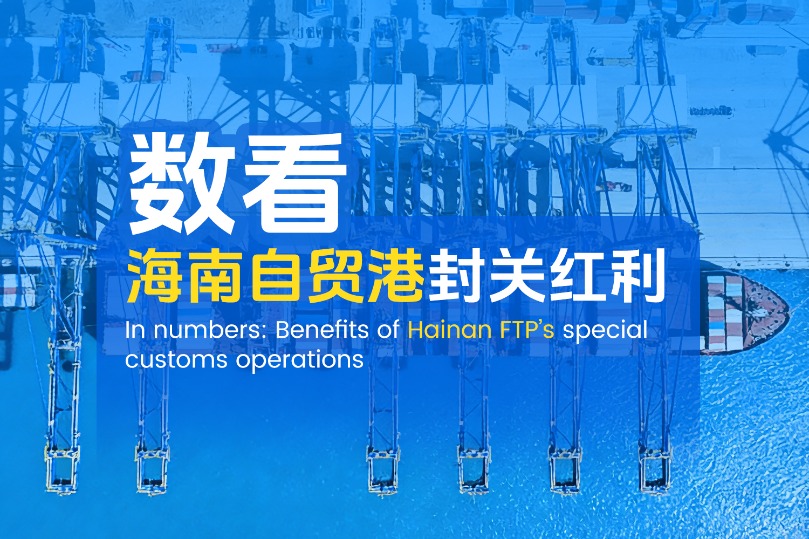Old clothes get new life


Hong Kong is leading the way when it comes to recycling textiles
The nonprofit H&M Foundation and the Hong Kong Research Institute of Textiles and Apparel recently opened two textile recycling facilities in Hong Kong.
It's the first time that hydrothermal recycling technology - which won the top award at the International Exhibition of Inventions in Geneva - has been used on a large scale.
In addition, a miniaturized garment-to-garment recycling system, has been set up in a collaboration between the Hong Kong institute and Novetex Textiles.
The facilities are a result of an innovative partnership, with the institute to accelerate research in textile recycling and speed up the development of a closed loop for textiles to safeguard the environment.
In September 2017, a year into the four-year partnership with the foundation, the institute came up with the hydrothermal method of recycling cotton and polyester blends - once considered unrecyclable - into new fibers.
Meanwhile, the Carrie Lam Cheng Yuet-ngor, chief executive of the Hong Kong Special Administrative Region, and Yang Weixiong, the SAR's secretary for the innovation and technology, attended the opening ceremony of a new preindustrial-size facility using the technology.
Speaking at the event, Lam said that the region produced 120,000 metric tons of waste textiles in 2016. She added that the new environmental production line would help the reindustrialization of the region.

She also said the SAR government is devoted to promoting reindustrialization by providing infrastructure, financial resources, technical support and training.
Separately, Erik Bang, head of innovation lead at the H&M Foundation, has called the recycling "a significant step toward a new fashion industry that operates in the planetary boundaries".
"As we scale up and make this technology freely available to the industry, we will reduce dependence on limited natural resources to dress a growing global population," he says.
Also, alongside the miniaturized garment-to-garment recycling system, a retail shop selling recycled garments was opened. So, customers can bring in their unwanted clothes and watch the container-sized system recycle them.
"Seeing is believing, and when customers see what a valuable resource garments at the end of life can be, they will take to recycling and recognize the difference their actions can make," Bang says.
The garment-to-garment recycling system is the result of collaboration between the Hong Kong institute, the H&M Foundation, a textile-recycling mill and a spinning mill. The system is located at The Mills, a repurposed former textile mill in Hong Kong's Central district.
The system is placed in a container 12 meters long, exhibiting the complete production process. The steps include sanitization of the collected garments, removing hard trims such as buttons and zippers, cutting the fabric into smaller pieces, opening and mixing fiber, carding, spinning, doubling, twisting and eventually garment knitting.
Speaking on the project, Edwin Keh, CEO of the Hong Kong Research Institute of Textiles and Apparel, says: "After successfully developing recycling technologies, we have devoted effort to putting them into practice. Our recycling systems represent the industry's innovation efforts ... (to) revitalize a decades-old industry and do it sustainably."
Cher Chui, the first customer of the retail shop, purchased knitwear costing more than HK$600 ($77; 67 euros; £59).
Gloria Yao, the institute's project development director, says that the selling price of recycled garments will come down once people accept the technology.
The H&M Foundation is expected to invest 5.8 million euros ($6.7 million; £5.1 million) with the institute over four years.
The investment is made possible through the surplus from the H&M group's in-store garment collecting programs, which is donated to the H&M Foundation.
The foundation allocates about 50 percent of the total surplus to research on textile recycling and 50 percent to projects focusing on equality and inclusion of marginalized groups.
Today's Top News
- US plan for arms sales to Taiwan condemned
- China creates 12.1m new urban jobs
- Dialogue constructive way to rebalance trade
- AI needs to be governed wisely to ensure that it is beneficial for future of humanity: China Daily editorial
- China warns about Japan's intended military buildup
- China urges EU to halt anti-subsidy probes






























